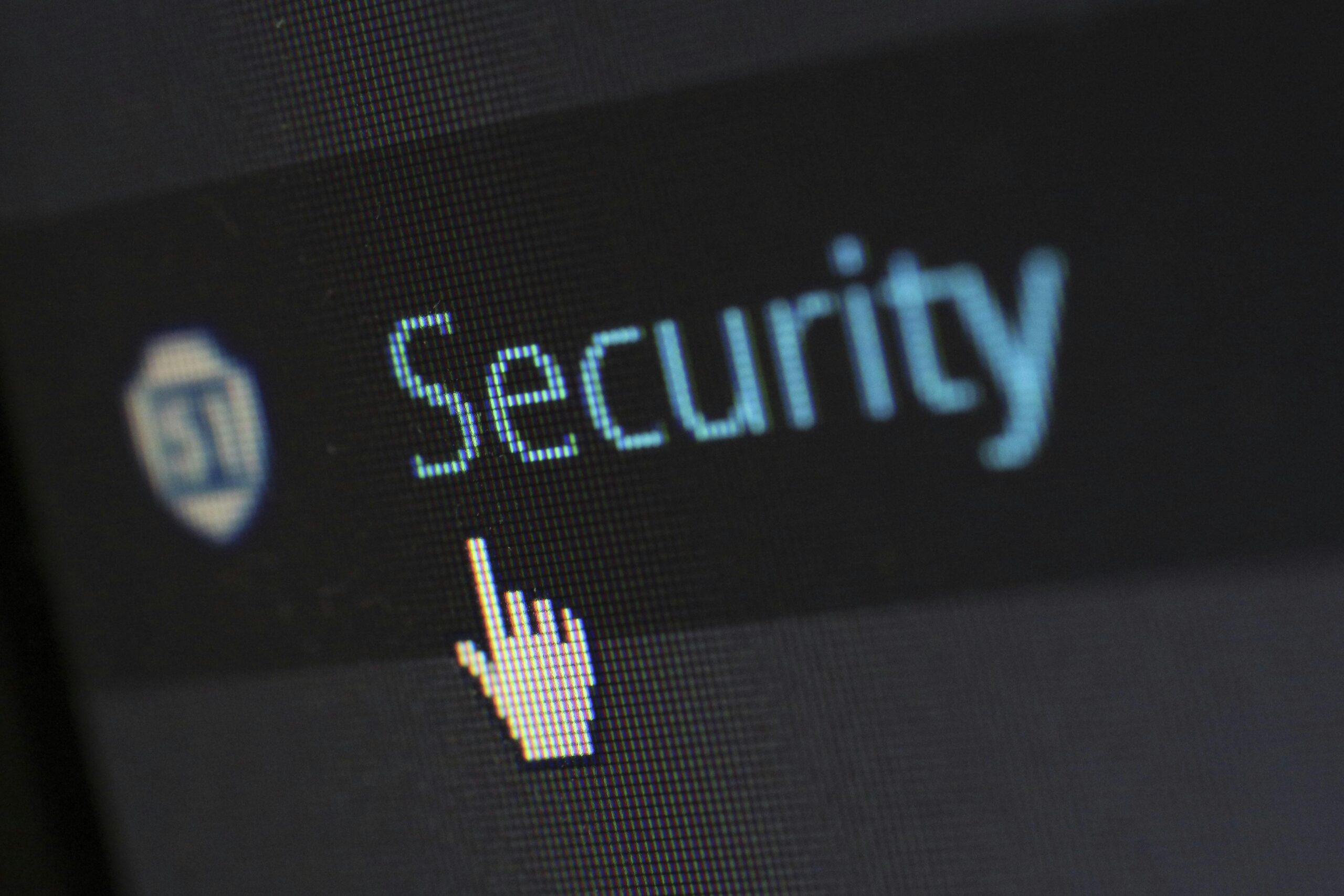In an era defined by unprecedented technological innovation, the fusion of cyber and physical realms has given rise to a transformative paradigm known as Cyber-Physical Systems (CPS). These systems integrate computing, networking, and physical processes to create intelligent, interconnected environments that permeate industries ranging from manufacturing and transportation to healthcare and smart cities. In this blog, we embark on a journey to unravel the intricacies of CPS, exploring its defining characteristics, real-world applications, challenges, and the profound implications for society.
UNDERSTANDING CYBERSECURITRY PHYSICAL SYSTEMS
At its core, Cyber-Physical Systems represent the convergence of digital and physical components, where sensors, actuators, and computational algorithms interact seamlessly to monitor, control, and optimize complex systems in real-time. Unlike traditional embedded systems, CPS leverage advanced computing technologies such as cloud computing, edge computing, and the Internet of Things (IoT) to enable autonomous decision-making, adaptive behavior, and dynamic responses to changing environmental conditions.

REAL WORLD APPLICATIONS
The application domains of Cyber-Physical Systems are vast and multifaceted, spanning various sectors and industries:
- Smart Manufacturing: CPS revolutionize manufacturing processes by enabling smart factories equipped with interconnected machines, robots, and sensors that collaborate autonomously to optimize production efficiency, quality control, and resource utilization.
- Autonomous Vehicles: In the realm of transportation, CPS underpin the development of autonomous vehicles capable of navigating complex environments, interpreting sensory data, and making split-second decisions to ensure safe and efficient mobility.
- Healthcare Systems: In healthcare, CPS facilitate remote patient monitoring, wearable medical devices, and personalized treatment regimens by integrating medical sensors, electronic health records, and predictive analytics to enhance patient care and outcomes.
- Smart Cities: The concept of smart cities relies heavily on CPS to improve urban infrastructure, energy management, transportation networks, and public services through interconnected sensors, intelligent traffic systems, and data-driven decision-making.

CHALLENGES AND CONSIDERATION
Despite their transformative potential, Cyber-Physical Systems present several challenges and considerations that must be addressed:
- Security and Privacy: The interconnected nature of CPS introduces cybersecurity vulnerabilities, requiring robust measures to safeguard against malicious attacks, data breaches, and unauthorized access to critical infrastructure.
- Reliability and Resilience: CPS must demonstrate high levels of reliability and resilience to ensure uninterrupted operation in dynamic and unpredictable environments, necessitating fault-tolerant designs and redundancy mechanisms.
- Interoperability and Standards: The interoperability of heterogeneous CPS components and systems remains a significant challenge, highlighting the need for industry-wide standards, protocols, and frameworks to facilitate seamless integration and collaboration.
- Ethical and Societal Implications: The widespread adoption of CPS raises ethical concerns related to data privacy, algorithmic bias, job displacement, and societal impact, underscoring the importance of responsible innovation and ethical governance frameworks.

UNRAVELING THE ESSENCE OF CYBER SECURITY PHYSICAL SYSTEMS
At its essence, Cyber-Physical Systems represent a symbiotic relationship between the virtual and physical worlds, where computational algorithms interact seamlessly with physical processes to monitor, control, and optimize complex systems in real-time. This integration of sensors, actuators, and networking technologies empowers CPS to exhibit autonomous behavior, adaptability, and responsiveness, thereby reshaping industries across the spectrum.


